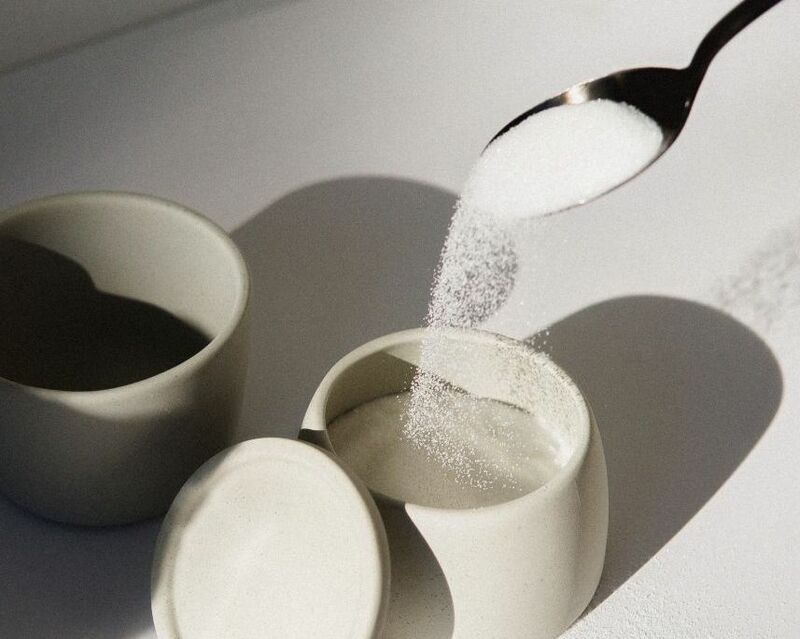
In my Q3 report on Barchart, I highlighted the significance of the Brazilian election because the country is the top producer and exporter of free-market sugarcane, Arabica coffee beans, and oranges and is a leading cotton producer. Cocoa production comes primarily from West Africa.
Meanwhile, the new former President, Lula da Silva, is a Democratic Socialist and former trade unionist. He replaced business-friendly Jair Bolsonaro. In the Q3 report, I wrote:
Based on the recent price action, if President Bolsonaro wins the election, we could see higher sugar, coffee, cotton, and FCOJ prices as the Brazilian real rallies against the US dollar. If Lula wins, prices could move lower as the labor component of production costs will likely decline.
While the weather and crop progress are the most significant factors for the path of least resistance of prices, the election could substantially impact prices and volatility in Q4.
Beyond the election, worldwide inflation, the weather, and other factors that impact agricultural products will set the path for soft commodities, which can be one of the most volatile sectors of the commodities market.
The composite of soft commodities, including sugar, coffee, cocoa, cotton, and frozen concentrated orange juice futures, rose 0.97% in Q4 but was 0.31% lower in 2022. However, the quarterly and yearly sector changes mask the volatility that occurred last year.
Sugar rises in Q4 and 2022
World free-market sugar prices rose 13.35% in Q4 and were the best-performing soft commodity for the three months. In 2022, ICE sugar futures posted a 6.14% gain, closing at the 20.04 cents per pound level on December 30, 2022.

The chart shows sugar futures rose to 21.18 cents per pound in December 2022, the highest price since February 2017 before correcting. Sugar prices were moving lower in early 2023.
Coffee falls in Q4 and 2022
Arabica coffee bean futures prices fell 24.49% in Q4 and were the worst-performing soft commodity for the three months. In 2022, ICE coffee futures posted a 26.01% loss, closing at the $1.6730 per pound level on December 30, 2022. Coffee was also the worst-performing soft commodity in 2022.

While coffee was the soft commodity laggard in Q4 and 2022, the chart shows the price reached an eleven-year high when it peaked at $2.6045 per pound in February 2022. In 2021, coffee futures led the soft commodity sector with a 76.30% gain. Coffee futures were lower in early January 2023.
FCOJ moves higher in Q4 and leads on the upside in 2022
Frozen concentrated orange juice futures posted a 7.84% gain in Q4 and were 41.08% higher in 2022, leading the soft commodity sector on the upside. Nearby FCOJ closed at $2.0640 per pound on the nearby ICE futures contract on December 30, 2022.

The chart illustrates FCOJ futures reached the highest price since November 2016 in November 2022 when they traded at $2.31 per pound. The futures were above $2 per pound in early January, little changed from the Q4 closing price level.
Cotton reaches a multi-year high but declines in Q4 and 2022
Nearby ICE cotton prices fell 2.31% in Q4 and were 25.96% lower in 2022. Cotton was the second worst-performing soft commodity for the year, closing at 83.37 cents per pound on December 30, 2022.

The chart shows cotton futures reached $1.5802 per pound in May 2022, the highest price since July 2011. Cotton, FCOJ, coffee, and sugar prices reached multi-year highs in 2022.
Cocoa rallied in Q4 and edged higher in 2022
While Brazil is a leading producer and exporter of four of the five soft commodities, the Ivory Coast and Ghana in Western Africa produce the lion’s share of cocoa beans. Cocoa is the primary ingredient in chocolate confectionery products. In Q4, ICE cocoa futures rallied 10.45% and were 3.17% higher in 2022. Nearby cocoa futures settled at $2,600 per ton on December 30, 2022.

The long-term cocoa chart highlights the mostly sideways trend in 2022 but the slight upside bias of higher lows and higher highs since the June 2017 low.
The soft commodities sector barely moved in Q4, with a 0.66% loss and a 1.72% gain in 2022. However, four of the five members reached multi-year highs, and cocoa’s trend remains marginally higher. Soft commodities are agricultural products, and worldwide inflation is increasing production costs. We could see more volatility in the sector in 2023 as input prices and global demand rise. Meanwhile, the weather across the critical growing regions and economic and political conditions in Brazil and West Africa could cause sudden price volatility over the coming year.
More Softs News from Barchart
- AM Cotton Prices Up 60-100 Points
- Cotton Rallies to a Weekly Gain
- Cocoa Prices Consolidate Recent Gains
- Sugar Prices Slide as Supply Outlook Improves
On the date of publication, Andrew Hecht did not have (either directly or indirectly) positions in any of the securities mentioned in this article. All information and data in this article is solely for informational purposes.



/AI%20(artificial%20intelligence)/Artificial%20intelligence%20and%20machine%20learning%20concept%20-%20by%20amgun%20via%20iStock.jpg)
/The%20CoreWeave%20logo%20displayed%20on%20a%20smartphone%20screen_%20Image%20by%20Robert%20Way%20via%20Shutterstock_.jpg)

/Uber%20Technologies%20Inc%20logo%20on%20phone-by%20DenPhotos%20via%20Shutterstock.jpg)
